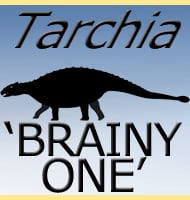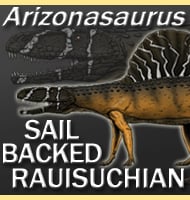In Depth
The name Eomanis is a reference to how this ancient pangolin appeared long before the genus Manis, the only known genus of pangolin that is alive today. Unless future discoveries prove otherwise, Eomanis is the first known scaled pangolin, though the scales seem to have covered only the body and not the legs and tail like in modern forms. Like with modern forms, these scales were probably made from keratin (the same substance as human fingernails) and were soft in new-borns, eventually turning harder in adults. Although pangolins are today regarded as being insectivores which specialise in eating ants, the stomach contents of Eomanis include plants. This discovery indicates that ancestors of pangolins may have been stricter herbivores that specialised over time, perhaps from consuming large quantities of insects as they fed upon certain plants.
Another ant eating mammal from the Messel Pit of Germany is Eurotamandua, which although initially described as a xenarthran anteater, is now widely considered to be a pangolin or pangolin-like relative of Eomanis. Speculation about Eomanis and Eurotamandua has in the past gone even further than this to suggest that the two genera are actually one and the same with Eurotamandua being the fully grown adult form of Eomanis. If confirmed, Eurotamandua would be become a synonym to Eomanis since this genus was named by Gerhard Storch around three years after he named Eomanis.
Further Reading
Further reading- The Phylogeny of Living and Extinct Pangolins (Mammalia, Pholidota) and Associated Taxa: A Morphology Based Analysis. – Journal of Mammalian Evolution. Heidelberg, Germany: Springer Science+Business Media. 16 (4): 235–305. – Timothy Gaudin – 2009.









